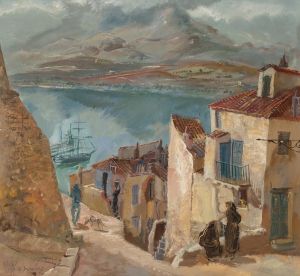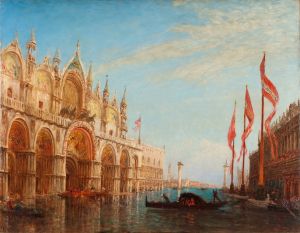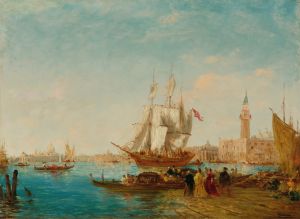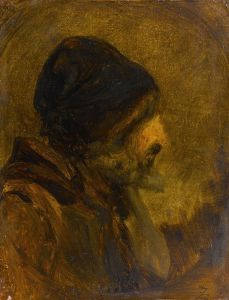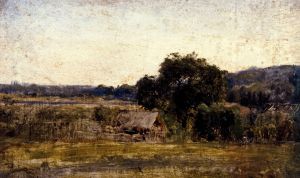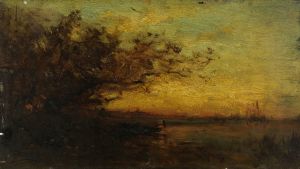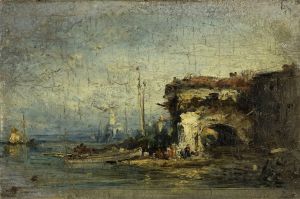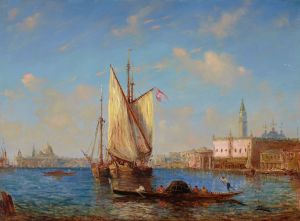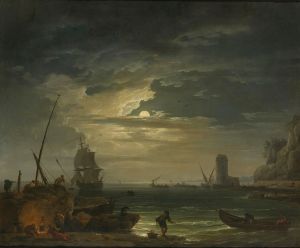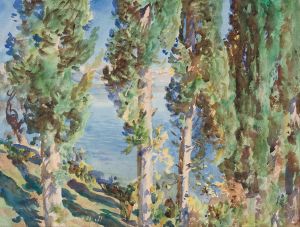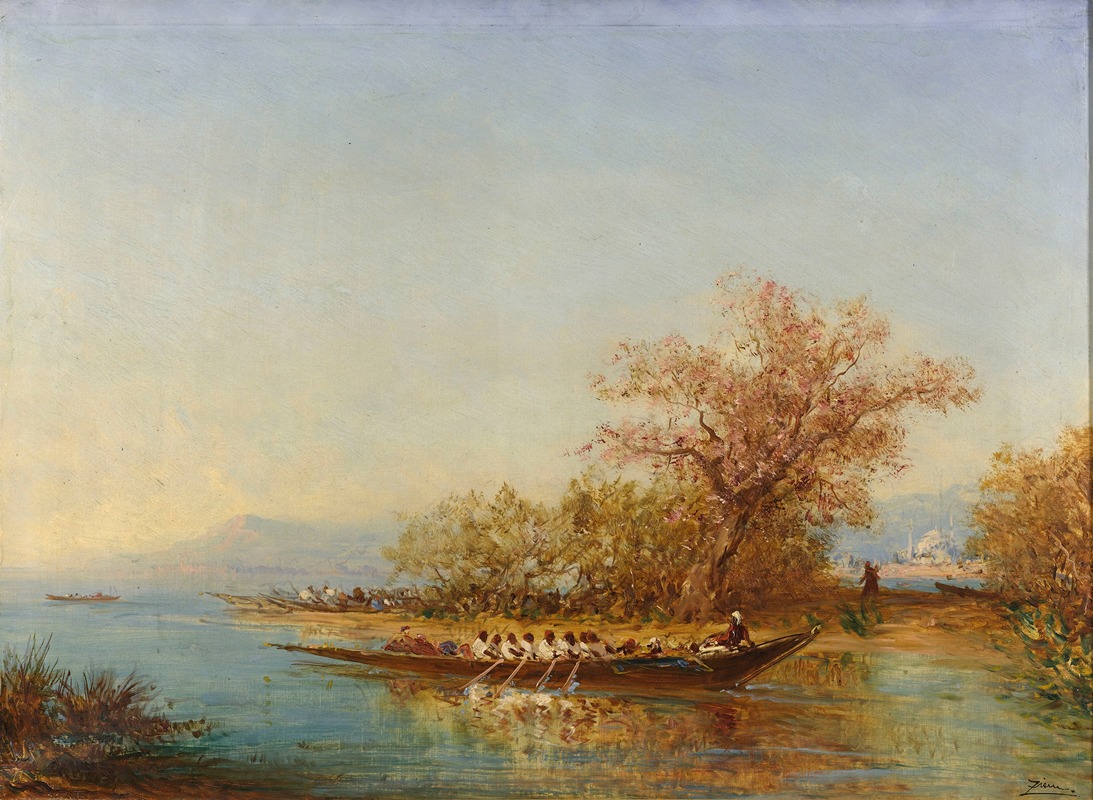
L’embouchure Du Bosphore
A hand-painted replica of Félix Ziem’s masterpiece L’embouchure Du Bosphore, meticulously crafted by professional artists to capture the true essence of the original. Each piece is created with museum-quality canvas and rare mineral pigments, carefully painted by experienced artists with delicate brushstrokes and rich, layered colors to perfectly recreate the texture of the original artwork. Unlike machine-printed reproductions, this hand-painted version brings the painting to life, infused with the artist’s emotions and skill in every stroke. Whether for personal collection or home decoration, it instantly elevates the artistic atmosphere of any space.
Félix Ziem, a French painter associated with the Barbizon School, is renowned for his vibrant landscapes and seascapes. One of his notable works is "L’embouchure Du Bosphore" (The Mouth of the Bosphorus), which captures the scenic beauty of the Bosphorus strait, a significant waterway in Turkey that separates Europe and Asia.
Ziem was born on February 25, 1821, in Beaune, France. He initially trained as an architect but later shifted his focus to painting. His travels across Europe and the Middle East greatly influenced his artistic style, and he became particularly captivated by the landscapes and cityscapes of Venice and Constantinople (modern-day Istanbul). These locations frequently appeared in his works, characterized by their luminous and atmospheric qualities.
"L’embouchure Du Bosphore" is a testament to Ziem's fascination with the interplay of light and water. The painting depicts the entrance to the Bosphorus, where the strait meets the Sea of Marmara. This strategic and historically significant location has been a crucial maritime route for centuries, connecting the Black Sea to the Mediterranean.
In this artwork, Ziem employs his signature style, using vibrant colors and dynamic brushstrokes to convey the movement of the water and the shimmering effects of light. The painting likely features traditional Ottoman architecture, ships, and the natural landscape, though specific details of the composition are not widely documented.
Ziem's technique often involved plein air painting, where he would create sketches and studies outdoors before completing the final work in his studio. This approach allowed him to capture the immediacy and changing conditions of the natural environment, which is evident in the lively and spontaneous feel of "L’embouchure Du Bosphore."
Throughout his career, Ziem received numerous accolades and recognition for his contributions to art. He exhibited regularly at the Paris Salon, and his works were highly sought after by collectors. In 1857, he was awarded the prestigious Légion d'Honneur, and in 1864, he became a member of the Académie des Beaux-Arts.
"L’embouchure Du Bosphore" reflects Ziem's ability to blend his architectural training with his passion for painting, resulting in compositions that are both structurally sound and artistically expressive. His works continue to be celebrated for their vibrant depiction of light and color, capturing the essence of the places he visited.
Today, Félix Ziem's paintings, including "L’embouchure Du Bosphore," are held in various museums and private collections around the world. They remain a testament to his skill and his enduring fascination with the beauty of the natural and built environments.






